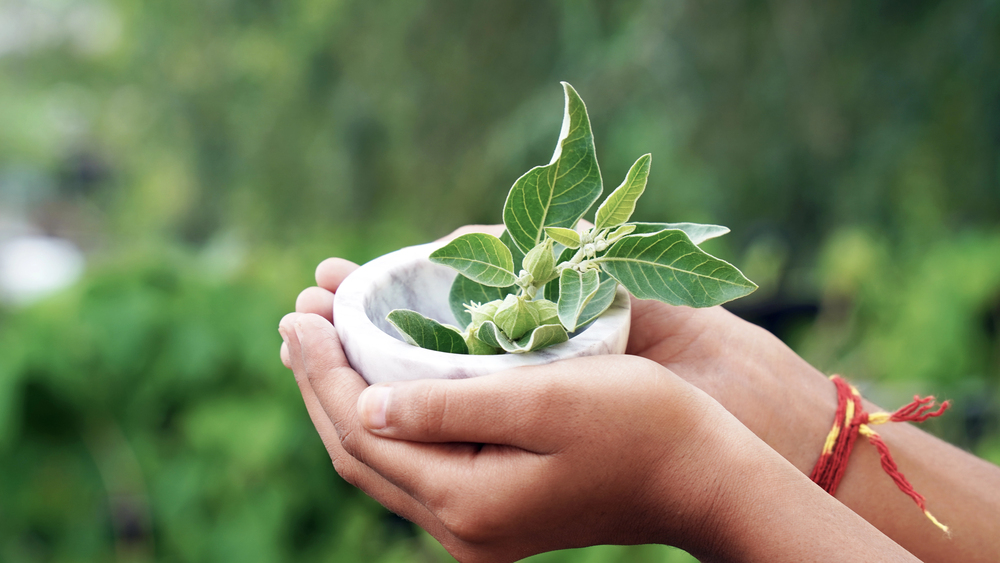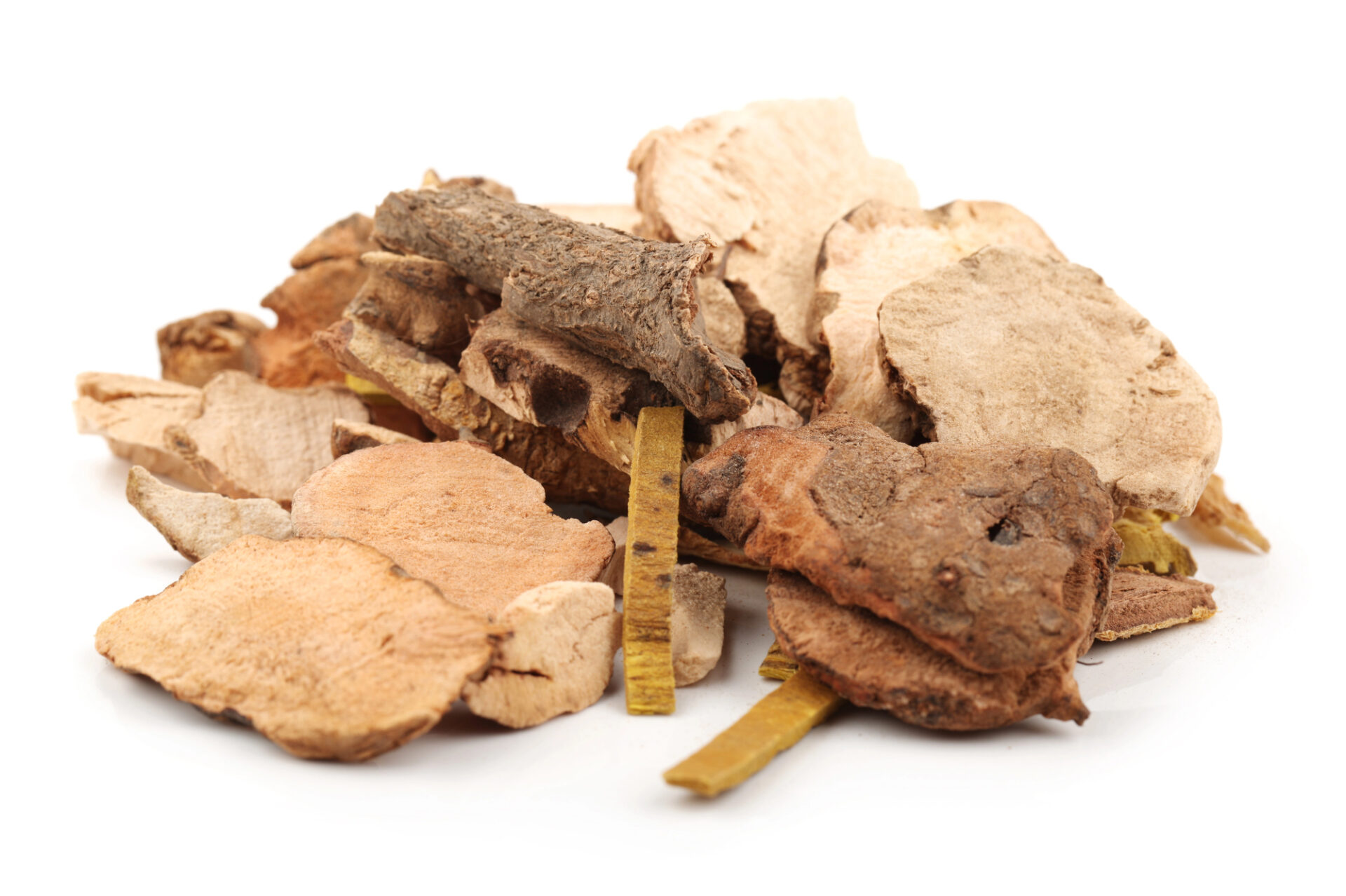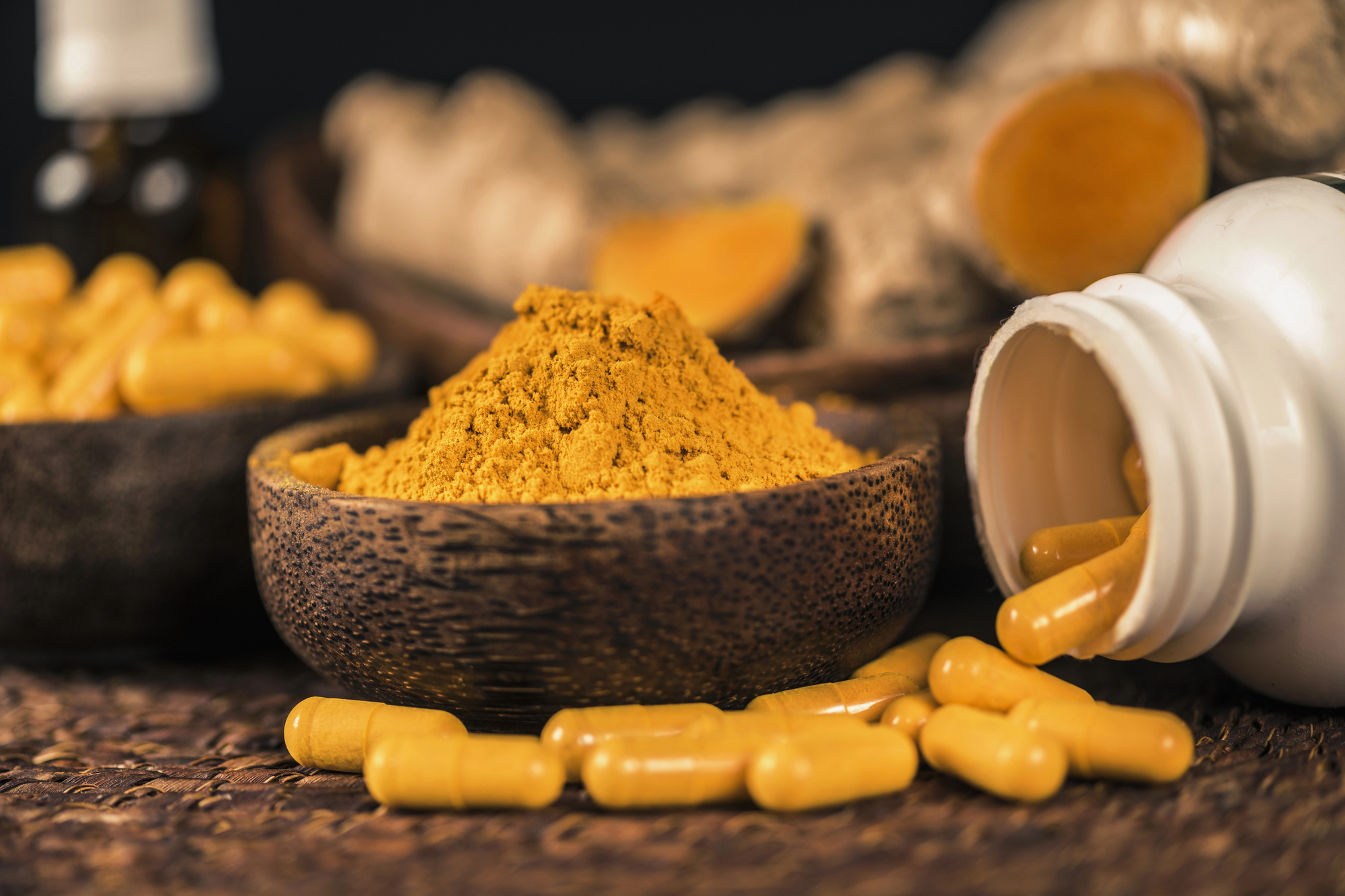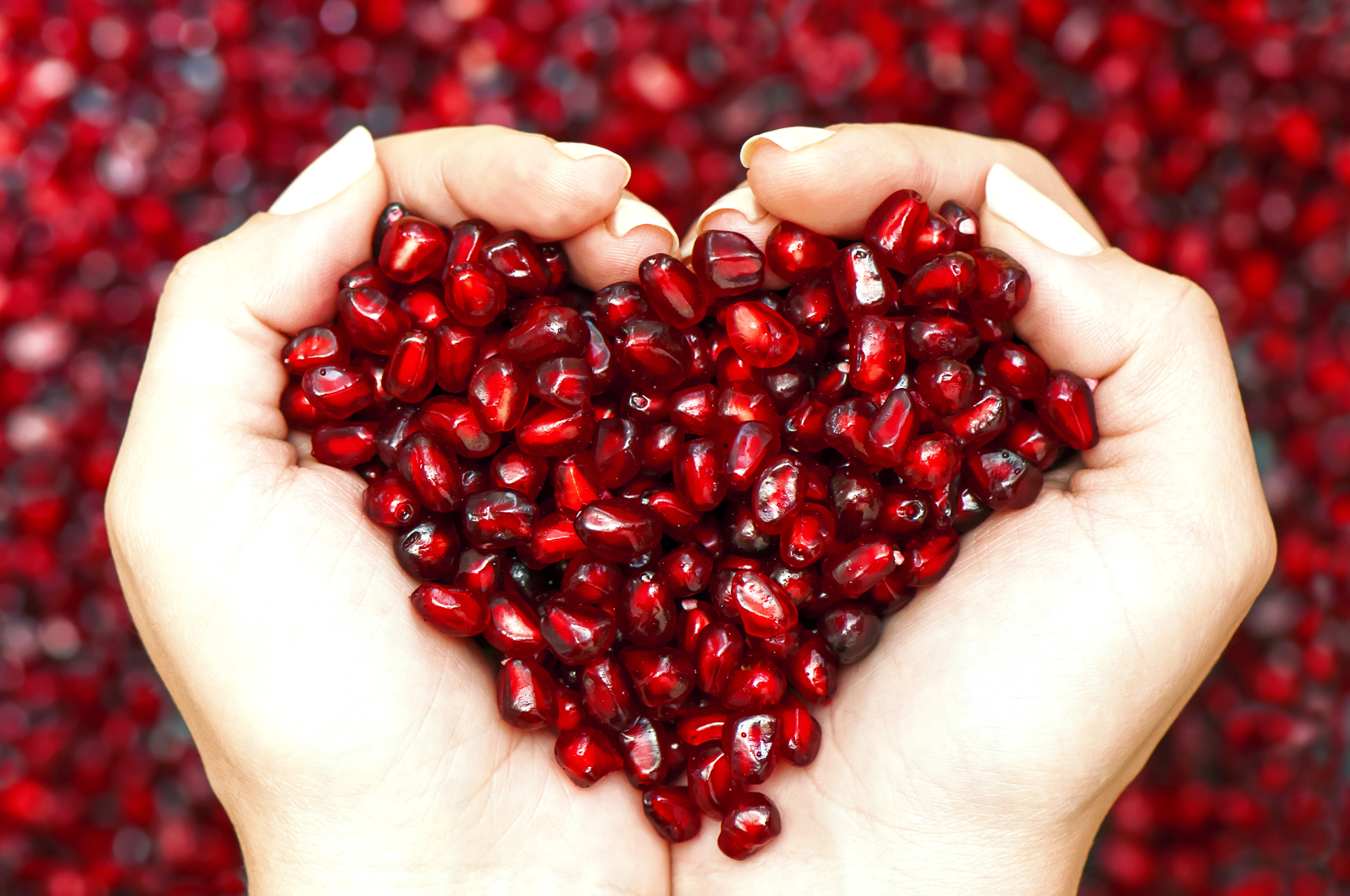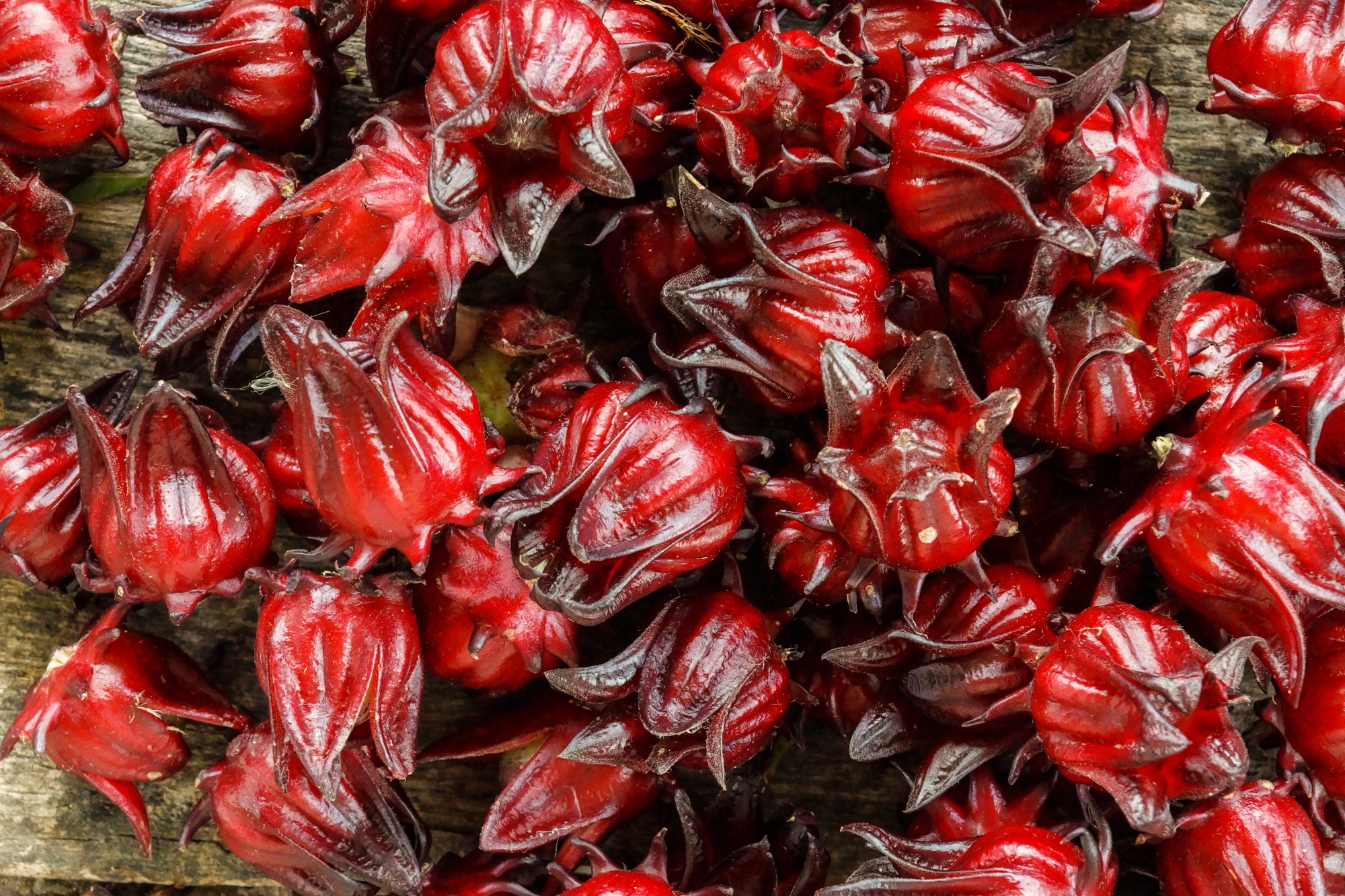Botanicals for Times of Stress
Summary Incorporating adaptogenic herbs such as ashwagandha, Holy basil, and rhodiola can be valuable adjuncts for times of stress.* These botanicals have demonstrated potential in enhancing resilience and supporting physiological balance, making them a compelling choice for integrative stress management and promoting overall well-being.* In today’s fast-paced world, facing occasionalRead

